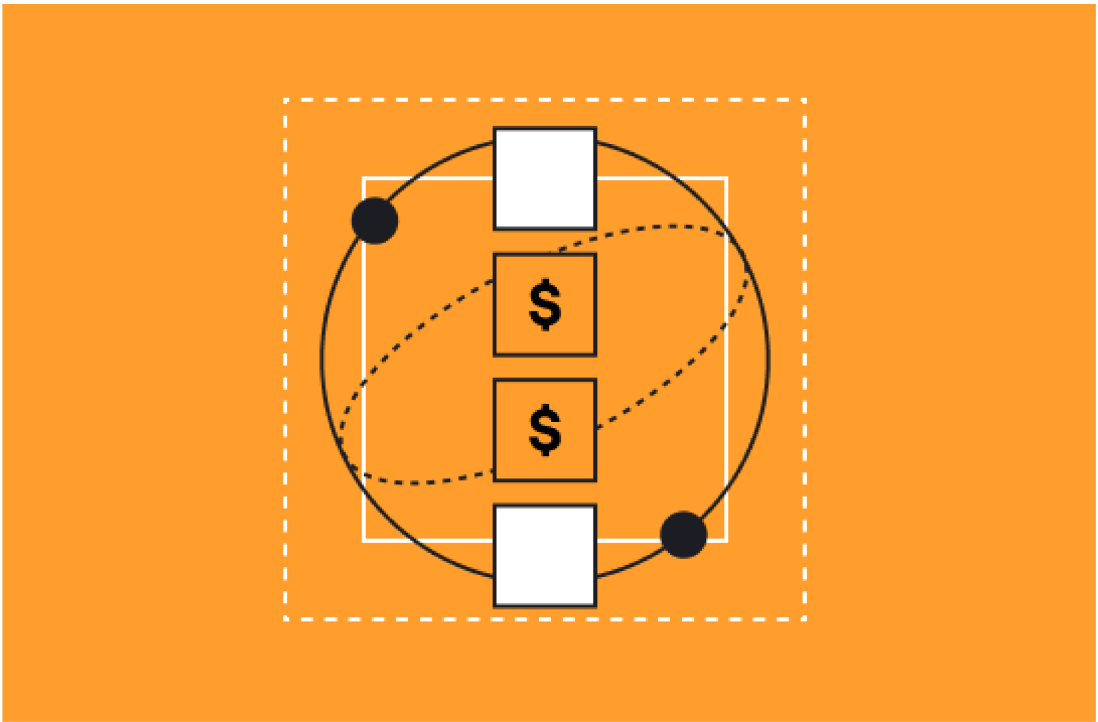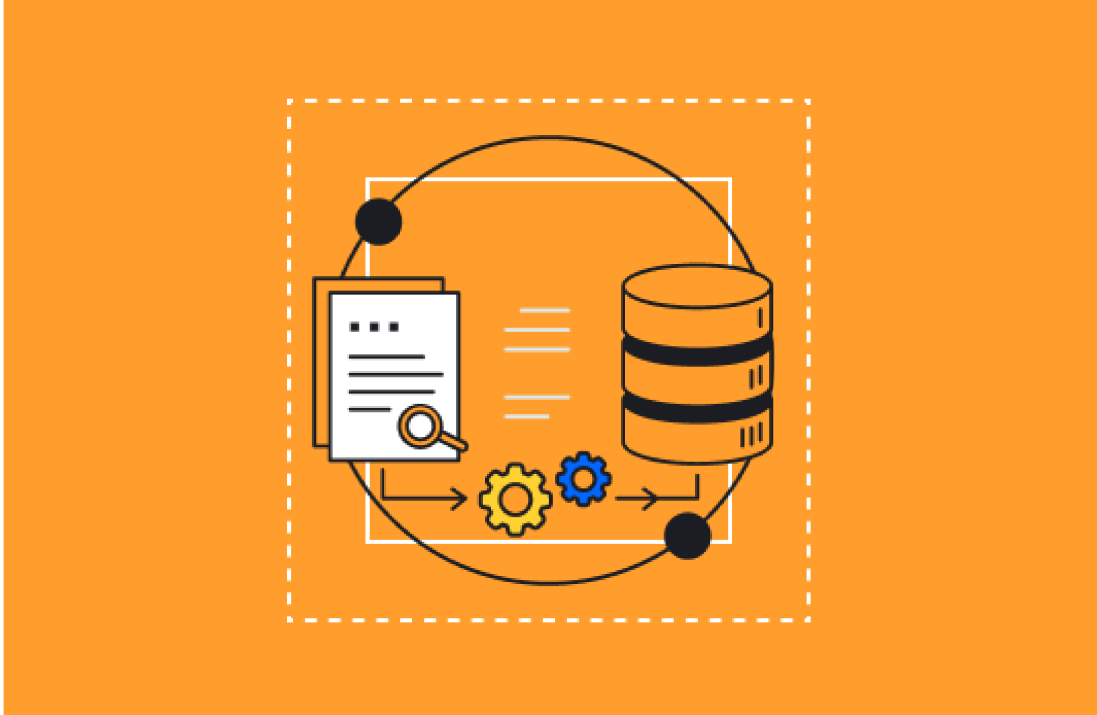As we’ve noted in our other posts, RevOps (revenue operations) refers to the seamless alignment of your company’s marketing, sales, and customer service operations to drive operational efficiency and a better customer experience. The overall goal of RevOps is, naturally, generating more revenue.
One of the most important features of RevOps is your company’s use of technology. Ideally, you should be able to use technology to integrate each part of your business, so they function as a single unit toward the object of revenue growth.
And if there’s one technology that is essential to achieving this goal it’s a CRM.
Here’s how each of your departments can use a CRM to achieve its goals and how they can work together towards your RevOps objects using a central CRM.
Marketing with a CRM
Whether you market to consumers or other businesses, today’s customers are bombarded with messaging almost every minute of every day. That means cutting through the noise is one of the biggest challenges of reaching your potential customers.
In the past, a CRM’s primary function was to store contact information so it could be sorted and used by marketers and salespeople. It still performs this function, but it also stores vast amounts of contact data to help marketers create personalized marketing campaigns, automate tedious tasks, and measure the results of their work.
Marketers can use a CRM to find potentially profitable contacts to market to. They can gather data bout each contact’s behaviors and pain points, allowing them to create unique messages that will resonate on the channels these contacts prefer most.
CRMs also enable marketers to segment contacts based on important attributes, such as demographic information, interests, or even the companies the contacts work for. This allows marketers to cater their messaging to specific accounts and launch targeted campaigns to specific segments using the CRM’s marketing automation features.
Finally, all this information is tracked and cataloged in the CRM, including the high-level results of marketing campaigns and each touchpoint in the customer lifecycle. Marketers can therefore create a record of how each lead was converted, what content they’ve engaged with, what messages were sent to them, and more.
When marketers and salespeople use the same CRM, all this information is there in the listing when a salesperson reaches out to the prospect.
Selling with a CRM
Arguably, CRMs were originally developed for salespeople. Some organizations use different CRMs for their sales department than they do for their marketing teams. But when your teams use the same CRM or their CRMs are integrated, they can work together to nurture leads and close deals.
Salespeople use CRMs in a similar way to marketers. They use automation to cut down on administrative tasks, harness the power of contact data to craft personalized messages, and create comprehensive sales campaigns to nurture prospects and turn them into customers.
These days, the “handoff” between marketing and sales is disappearing. One of the most important aspects of RevOps is the concept that everyone is responsible for generating revenue. That means marketers don’t forget about a lead once they become sales-ready, and sales teams can’t take all the credit for closed deals.
With a centralized CRM, both teams can manage the sales pipeline, craft content, draw up reports, and keep track of analytics using the same database. They can also both take responsibility for leads and customers.
This prevents awkward situations in which a prospect begins a conversation with a salesperson who has no idea who there are or what types of content they’ve already engaged with. It makes for a better sales experience because the customer feels known and taken care of, and the transition from prospect to customer feels natural and seamless.
By leveraging a CRM and a RevOps framework, everyone involved in engagements with prospects and customers is on the same page.
Doing Customer Service with a CRM
This brings us to how customer service teams can use a CRM.
Once a prospect becomes a customer, your customer service (CS) team can use the same CRM as your marketing and sales team to deliver a personalized customer experience with little effort. They can even keep track of what products and services each customer has purchased, what deals they are associated with, and what their customer service history looks like.
Some providers, like HubSpot, even feature ticketing tools in the customer service side of their CRMs. Your customer service team can manage inquiries, issues, and communications directly through their CRM platform to deliver top-notch service quickly. In some cases, they can even use their CRM to generate a knowledge base or FAQ platform, allowing customers to help themselves when they have a question.
Just like the other departments, your CS team can take advantage of their CRM platform’s automation tools to enhance menial tasks like entering data, sending emails, and scheduling.
With some tools, they can even create custom objects to track types of service. This allows you to generate reports that help you understand every aspect of your customer service operation.
Empower Your Teams with a Comprehensive CRM
From a RevOps perspective, your CRM is what binds all your business operations together. When each team is using the same central database to manage their activities, there are far fewer hiccups in the process of converting customers, pleasing them, and generating revenue.
There are plenty of CRMs on the market that can help you thrive in your RevOps initiative, but not all of them will be best suited to your business. That’s where A8 comes in.
We have certified experience with some of the most popular CRM products on the market today. RevOps is our language, so we integrate it into everything we do to help clients. We have years of experience helping companies just like yours align their departments towards common goals using technology.
Contact A8 today to find out how you can align your teams with a CRM.






